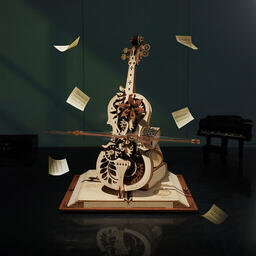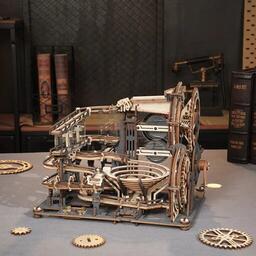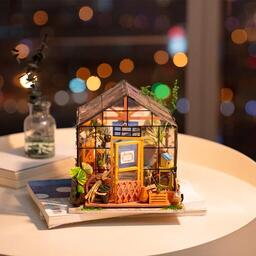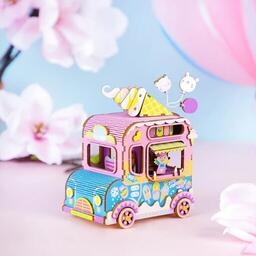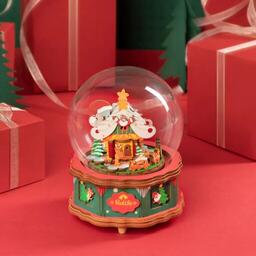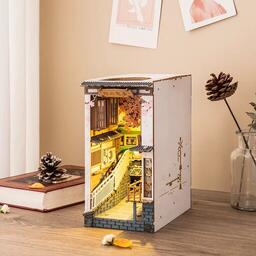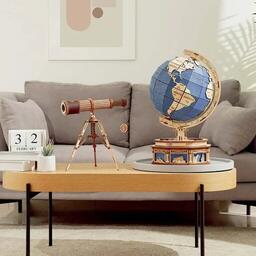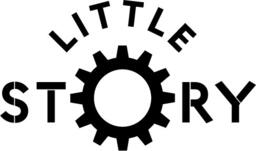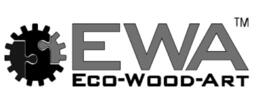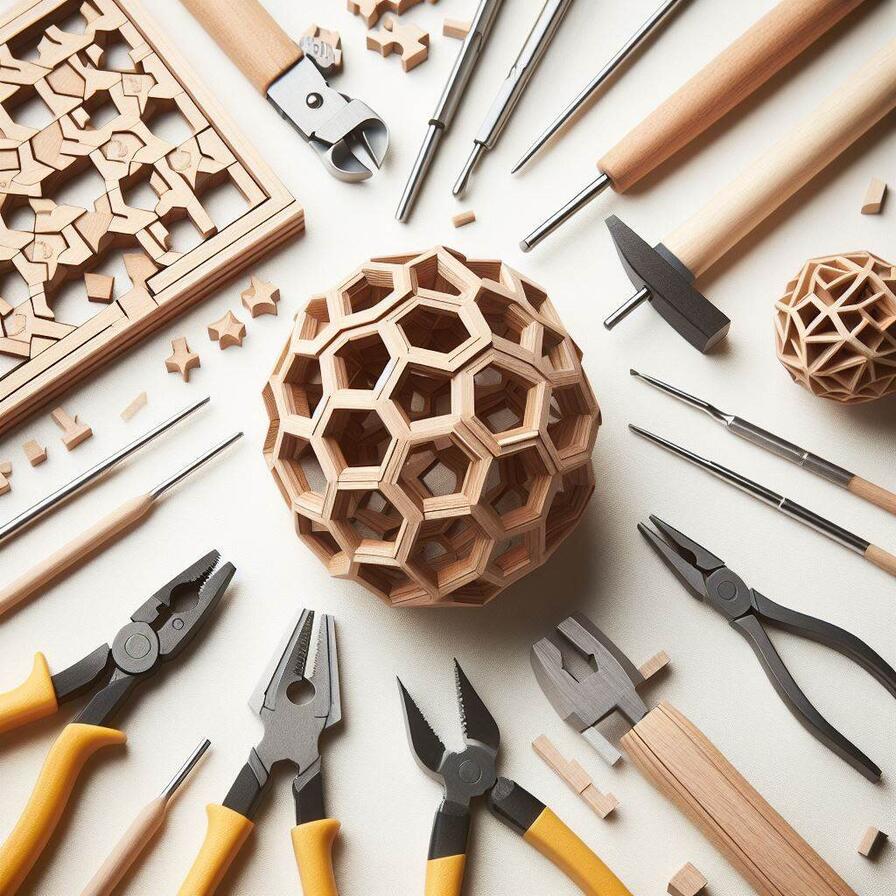
Before starting a 3D puzzle, it is important to have the right tools to ensure accuracy, efficiency and safety in this fun activity. In today's article, we will introduce you to specific tools and aids that can help you make your wooden 3D puzzle a finished masterpiece.
A knife
A sharp cutting knife is essential for precise cutting of pieces of cardboard or boards. The sharp blade of the cutting knife allows precise cutting of puzzle pieces without splitting or damaging the pieces. This way you will have clean edges and perfect pieces. If you have a knife that allows you to replace the blades, this knife will be easy to maintain and will ensure that you can always use a sharp knife blade. A sharp blade is essential for accurate cutting and minimizing the risk of material damage.
Secure base
By using a safe base, you can protect your work table in this way. If you use the base for this activity, you can safely use the knife without the risk of damaging or scratching your work table. If the base is made of suitable material, the blade of your knives will not become dull. In this way, of course, the service life of the knives is also extended. By using a smooth base, you can ensure accurate cutting of parts. The final bonus is that you can achieve clean and straight edges without any bumps or unevenness.
Ruler
This tool will help you when measuring or ensuring straight cuts, especially when cutting pieces that are larger. A ruler is an essential tool for accurately measuring the lengths and widths of puzzle pieces. Without it, it would be very difficult to achieve accurate dimensions, which could lead to misalignment of the pieces during the assembly of the puzzle. For some 3D puzzles, you may need to create precise shapes or sections. The ruler will allow you to draw lines with precision and the straight edge will provide a solid foundation for your cutting. Even when working with smaller pieces of material, a ruler and straight edge will help you keep your cuts straight and accurate. This is key to achieving a cohesive look and functionality in your finished 3D puzzle. In addition to measuring and cutting, the ruler can also be used as an auxiliary tool when assembling the individual parts of the puzzle. With it, you can ensure that the pieces are correctly aligned and placed together.
Glue
Glue or adhesive tapes are crucial for safe and reliable assembly of 3D puzzle pieces. High-quality glue or adhesive tapes make it possible to create strong and durable connections between individual pieces of the puzzle. This connection is important for ensuring the stability and strength of the entire structure. However, when choosing an adhesive, it is important to consider the material you are working with. Some glues are specially designed for gluing cardboard and others for wood. The right glue will ensure an ideal connection that is resistant to load and at the same time ensures an aesthetic appearance. When applying the glue, it is important to proceed carefully and precisely. Use only enough glue to prevent overflow and surface contamination. Spread the glue evenly over the surfaces to be joined and then join the individual pieces of the puzzle together.
Tweezers
This tool is extremely useful especially when handling small parts and details. The tip of the tweezers allows you to gain control over the individual parts and place them exactly where you want them. Using only your fingers can be difficult when manipulating small and fragile puzzle pieces. The tweezers provide additional protection for the fingers from damage or dirt. When assembling delicate pieces of a puzzle, such as decorations or small parts, tweezers are an essential tool for precise and precise placement of these details. Tweezers can also be useful for removing dust, stains, or other debris from the surface of puzzle pieces or their surroundings, contributing to the cleanliness and aesthetic appearance of the finished piece.
Sandpaper
After cutting the puzzle pieces, the edges may be rough or bumpy. The sandpaper allows for fine sanding of the edges, resulting in a smoother surface and a better fit between the parts. If the surfaces of the pieces are uneven after cutting, this can cause difficulty in assembling them and can lead to unwanted gaps or misalignment. The sandpaper makes it possible to remove these irregularities and ensures a better fit between the parts. If it is necessary to adjust the shape or size of the part, the sandpaper allows precise sanding and adjustment as needed. This is especially useful when creating details or adjusting pieces that will later connect to other puzzle pieces. By using sandpaper at the end, you can help achieve a smooth and professional final appearance of the puzzle pieces of the selected model.
Paints and brushes
painting or decorating a 3D puzzle using colors enables personalization and originality according to one's own preferences and tastes. Paints and brushes allow you to create unique and original designs that match your imagination. By painting you can add additional details and highlight certain parts of the puzzle. With colors and brushes, you can highlight textures, structures or create shading, which contributes to visual appeal and a realistic appearance. In this way, you can also hide irregularities or errors that may have occurred during the construction of the wooden 3D puzzle. For example, if the edges of the parts are uneven or incomplete, coloring can help hide the imperfections. Some colors can provide protection to the material from moisture, stains or damage. If you have been working with wooden parts, a coat of paint can protect the wood from moisture damage.
Pen with a thin tip
A fine point pen is a useful tool for detailed work that requires precision and fine lines. Its thin tip allows precise and controlled writing or drawing without leaving thick lines or visible marks. This type of pen is often used in a variety of fields, including arts, crafts, technical drawings, and even 3D puzzle pieces. When assembling a 3D puzzle, such a pen can be used to mark cutting lines or to create fine guidelines so that individual pieces can then be placed more easily in the right place, while minimizing the risk of damaging the surface of the pieces. Such a pen is therefore a useful tool for detailed and precise work that requires delicate manipulations.
Clamps or clips
These important aids help in assembling a 3D wooden puzzle if you glue the individual pieces using glue. Clips or clamps ensure even pressure on the connected parts, which is important for creating a solid connection. Uniform pressure prevents the creation of unwanted gaps between the parts, which improves the quality and strength of the finished part. Clips or clamps can be used on different sizes and types of pieces, making them a generally useful tool for building different types of 3D puzzles. They can be used for parts made of various materials, including wood, cardboard and others.
Work surface lighting
Good lighting allows better visibility of details and improves your ability to accurately cut, glue and assemble 3D puzzle pieces. With bright lighting, you can more easily identify fine details and make the precise adjustments you need. Insufficient lighting can make your eyes tired and uncomfortable after a long time. Good lighting reduces eye strain and allows you to work for longer periods of time without feeling tired or uncomfortable. Light also improves your ability to identify and evaluate details, which can minimize the risk of errors or misassembly. Good lighting creates a favorable working environment and increases your well-being at work.
Having these tools ready before starting to build a 3D puzzle is crucial for a more optimal assembly process and to achieve the best results. Having the right tools ensures that you have everything you need to work efficiently and achieve the results you want. You won't have to run away from building to find the right tool or material, saving time and increasing productivity. So don't hesitate and start assembling your wooden 3D puzzle!
